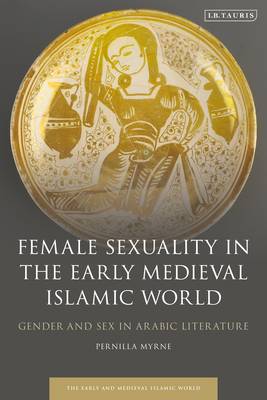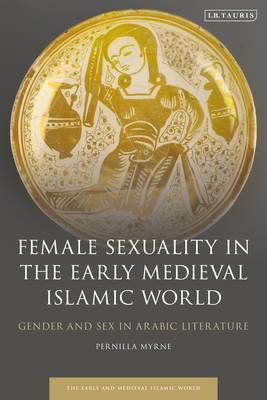
Je cadeautjes zeker op tijd in huis hebben voor de feestdagen? Kom langs in onze winkels en vind het perfecte geschenk!
- Afhalen na 1 uur in een winkel met voorraad
- Gratis thuislevering in België vanaf € 30
- Ruim aanbod met 7 miljoen producten
Je cadeautjes zeker op tijd in huis hebben voor de feestdagen? Kom langs in onze winkels en vind het perfecte geschenk!
- Afhalen na 1 uur in een winkel met voorraad
- Gratis thuislevering in België vanaf € 30
- Ruim aanbod met 7 miljoen producten
Zoeken
Female Sexuality in the Early Medieval Islamic World
Gender and Sex in Arabic Literature
Pernilla Myrne
€ 72,95
+ 145 punten
Uitvoering
Omschrijving
In the early Islamic world, Arabic erotic compendia and sex manuals were a popular literary genre. Although primarily written by male authors, the erotic publications from this era often emphasised the sexual needs of women and the importance of female romantic fulfilment.
Pernilla Myrne here explores this phenomenon, examining a range of Arabic literature to shed fresh light onto the complexities of female sexuality under the Abbasids and the Buyids. Based on an impressive array of neglected medical, religious-legal, literary and entertainment sources, Myrne elucidates the tension between depictions of women's strong sexual agency and their subordinated social role in various contexts. In the process she uncovers a great diversity of approaches from the 9th to the 11th century, including the sexual handbook the Encyclopedia of Pleasure (Jawami' al-ladhdha), which portrayed the diversity of female desires, asserting the importance of mutual satisfaction through lively poems and stories. This is the first in-depth, comprehensive analysis of female sexuality in the early Islamic world and is essential reading for all scholars of Middle Eastern history and Arabic literature.Specificaties
Betrokkenen
- Auteur(s):
- Uitgeverij:
Inhoud
- Aantal bladzijden:
- 240
- Taal:
- Engels
- Reeks:
Eigenschappen
- Productcode (EAN):
- 9780755644698
- Verschijningsdatum:
- 29/07/2021
- Uitvoering:
- Paperback
- Formaat:
- Trade paperback (VS)
- Afmetingen:
- 156 mm x 234 mm
- Gewicht:
- 340 g

Alleen bij Standaard Boekhandel
+ 145 punten op je klantenkaart van Standaard Boekhandel
Beoordelingen
We publiceren alleen reviews die voldoen aan de voorwaarden voor reviews. Bekijk onze voorwaarden voor reviews.









